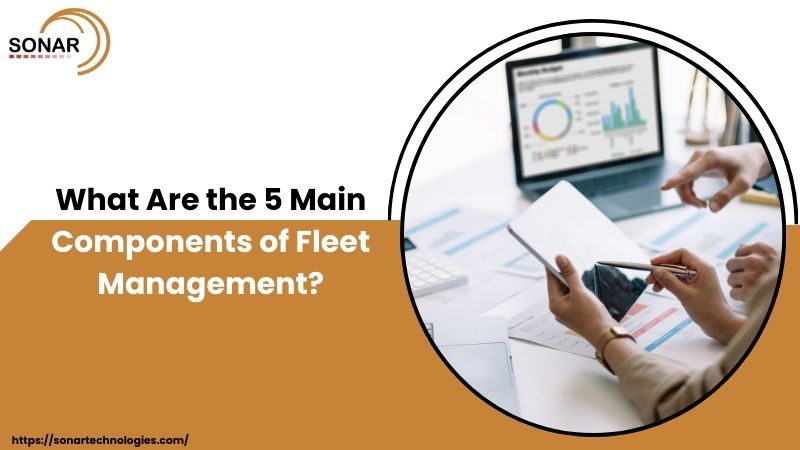Numerous companies have several vehicles, they might be cars, vans, trucks, or buses. All of them combined form a fleet. It is impossible to manage all the vehicles properly. Managing all the cars properly is referred to as fleet management.
Fleet management is crucial. Fleet Management software saves companies money, gets work done quicker and keeps drivers and equipment safe. Without fleet management, slowness, excess expense, and even crashes can occur.
Let’s discover the 5 most critical things in fleet management in extremely simple language in this blog.
1. Vehicle Tracking
The most important and first part of fleet management software Australia is tracking of vehicles. That is, they know where each car is at any given time.
- Companies track their fleets with GPS Fleet Management System.
- It enables them to see the route taken, speed, and location of each driver.
- When traffic congestion or a traffic jam happens, the manager can re-route the driver to a better road.
- Tracking also keeps the driver secure since help can reach them in time if there is anything wrong.
Tracking the vehicles typically keeps all the fleet vehicles on the right track at the right moment.
2. Fuel Management
Fuel is one of the most expensive items for any fleet. Companies save money with good fuel management.
- Monitoring fuel usage advises managers whether the fuel is being wasted or not.
- GPS Fleet Management System tracking also alerts if a driver is traveling more miles than required or speeding, which wastes fuel unnecessarily.
- Certain systems also alert if fuel has been stolen or tampered with.
If a fleet maintains good fuel management, cost reductions and lower fuel usage can be attained, which is also better for the environment
3. Vehicle Maintenance
All cars need regular maintenance. This is maintenance. Cars get damaged, are more likely to be involved in accidents, or need expensive repairs when there is no maintenance.
Fleet Management Systems Software managers schedule maintenance. This involves:
- Tyres, brakes, and engines check-up.
- Oil change and filter change.
- Repairing minor faults before they escalate into big faults.
With good maintenance, cars live longer, run well, and are safer for cargo and drivers.
4. Driver Management
Drivers form the backbone of any fleet. Even the most efficient trucks can never be run in an efficient manner with sloppy drivers. This is the reason why a smart workforce management form a part of fleet management. Driver management includes:
- Employing qualified and trained drivers.
- Conducting safety training to reduce accidents.
- Tracking drivers’ behavior, such as speed, resting time, and fuel usage.
- Rewarding efficient and safe drivers.
With proper handling, drivers feel appreciated and behave well, upholding the image of the company.
5. Safety and Compliance
Safety and compliance come finally.
- Safety refers to safeguarding drivers, trucks, and freight from injury.
- Compliance refers to keeping abreast of the law and government regulations.Fleet Management software managers must ensure:
- Vehicles have all the legal documents, such as insurance and permits
- Drivers comply with traffic laws and receive adequate rest.
- Safety equipment such as seatbelts, GPS and speed control operate at all times.
Good compliance and safety prevent fleets from experiencing fines, accidents, and other risks.
Why Are These 5 Elements Important?
All five elements – tracking, fuel management, maintenance, driver management, and safety – are interconnected. If one is not good, then the entire system fails. For instance:
- Without tracking, cars can get lost.
- Without fuel management, expenses can increase.
- Without maintenance, cars can fail.
- Without driver administration, accidents could rise.
- Without safety and compliance, the company can find itself in legal jeopardy.
That is why companies take fleet management very seriously.
Conclusion
Fleet Management systems software is not just transporting cars from A to B. It is money, individuals, and safety maximized. The five most essential pillars – car monitoring, fuel management, car maintenance, driver administration, and safety & compliance – are the pillars of a reputable fleet system. And if all the above converge, the fleet runs smoothly, costs go down, and the drivers are secure. So, regardless of whether your fleet is small or large, these 5 elements are always the answers.

